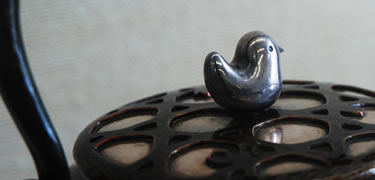Main Building 1F Tsubame’s Metalworking Industry: History and Technologies
Learn about the climate, history of traditions and technologies, and artisanal skills behind Tsubame’s metalworking industry through graphic displays, videos, and recreations of manufacturing workshops.
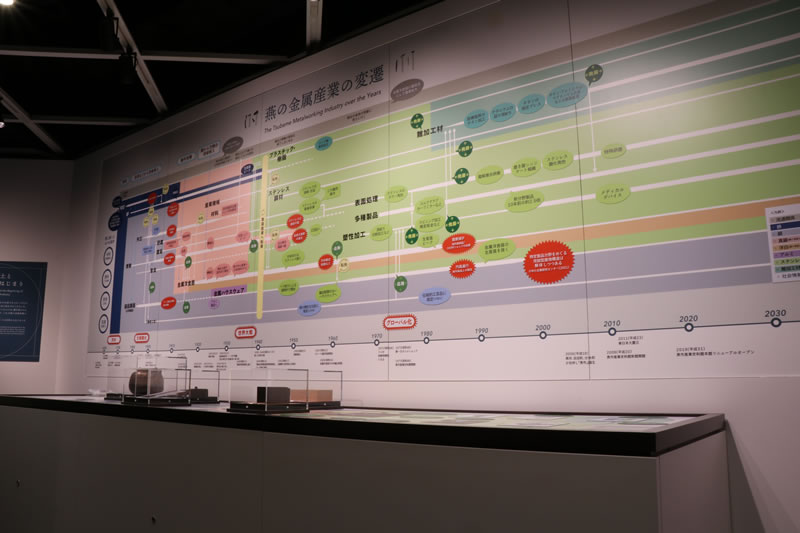
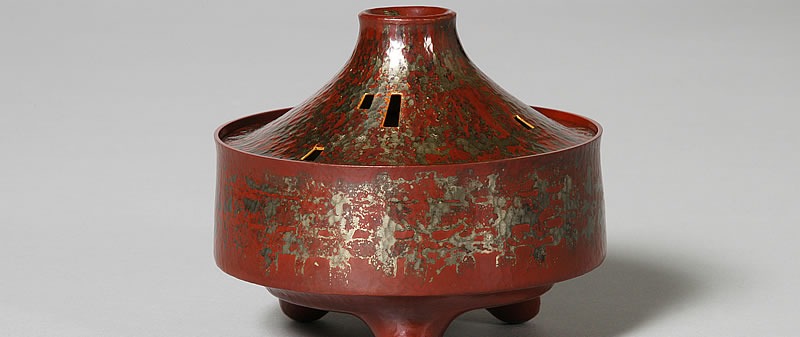
Tsuiki Copperware
Tsuiki copperware is crafted by hammering sheets of copper to create seamless cups, bowls, and other vessels. The techniques behind tsuiki copperware were introduced to Tsubame from Sendai during the Meiwa era (1764-1772).
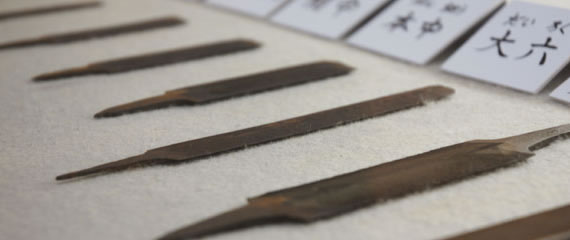
Yasuri Files
Yasuri files were introduced to Tsubame sometime around 1750 during the mid Edo period as a tool for maintaining saw teeth. In modern times, almost the entire process involved in making files has been mechanized. The traditions of this craft, however, continue to be passed on, and even today skilled craftspeople make use of mechanized files to dress saw blades with a discerning eye.
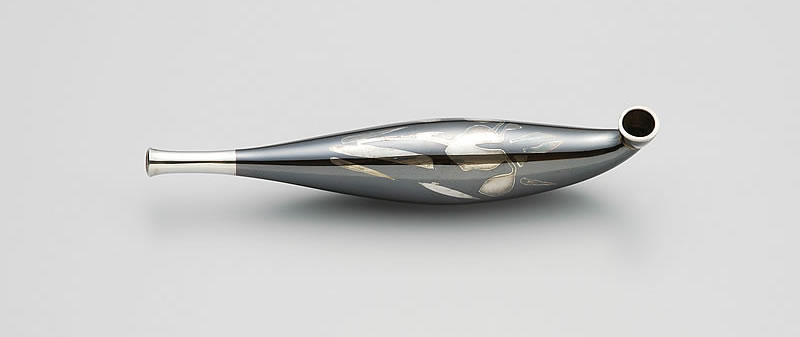
Kiseru Pipes
Production of traditional kiseru pipes began in Tsubame around the same time as tsuiki copperware during the Meiwa era (1764-1772). Kiseru production developed through the combination of the techniques involved in both chokin metal engraving and tankin metal hammering.
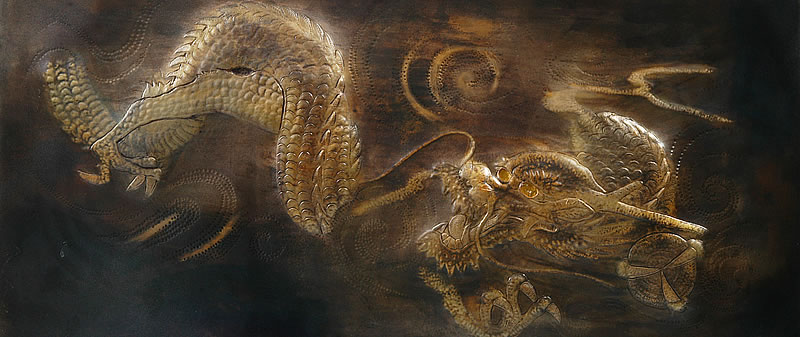
Chokin Metal Engraving
Chokin metal engraving was introduced to Tsubame from Aizu and Edo sometime around 1750 during the mid Edo period.
Using chisels called “tagane” in Japanese, the surface of the metal is chiseled away and pushed to form a design. There are many different chisels used in the art of chokin and the differing shapes of their tips make it possible to carve and shape the metal in different ways.
Main Building 2F Tsubame’s Metal Arts and Crafts: Masterpiece Gallery
Tsuiki copperware, kiseru pipes, and chokin metal engraving collection gallery.
The beautiful world of tsuiki copperware as works of art.
The art of Living National Treasure Norio Tamagawa and collection gallery.
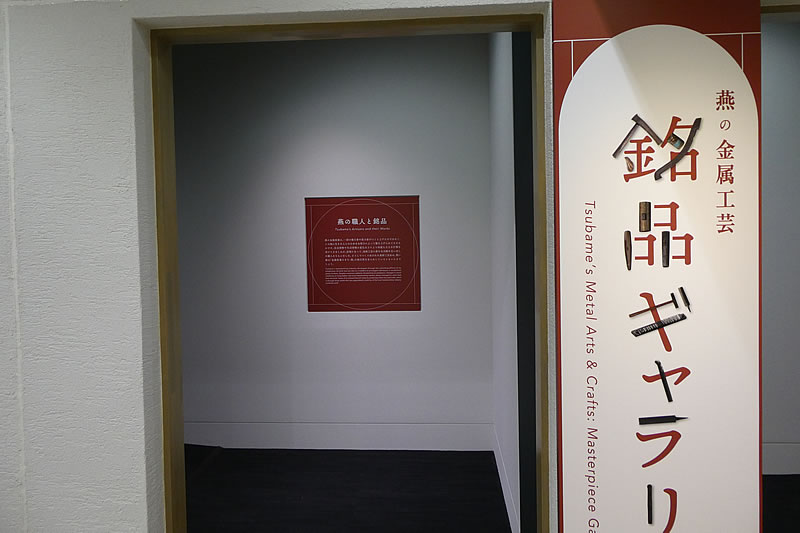
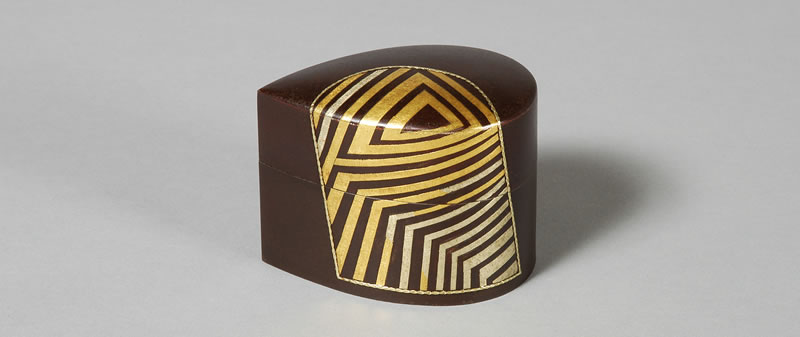
Tsubame Craftspeople and Masterpieces
Highlighting individual craftspeople, learn about traditional craft techniques and discover the beauty of finished pieces.
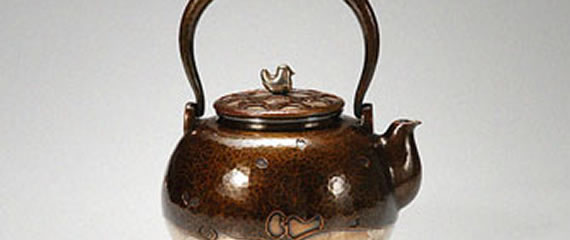
The Beautiful World of Tsuiki Copperware
Tsuiki copperware has won high renown around the world since it was first displayed at international exhibitions in 1873.
Learn about the transformation of this craft from everyday article to work of art.
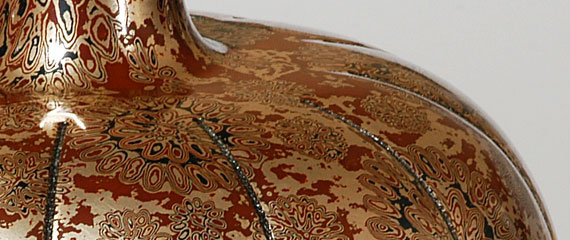
Living National Treasure Norio Tamagawa
Mokume-gane is one of the most difficult tankin metal hammering techniques.
Literally meaning “wood grained metal,” mokume-gane gets its name from its distinctive, wood grain-like pattern, created by combining 10 to 30 layers of silver, copper, or other differing metals and hammering them out into a sheet before shaving away the surface.
Here visitors can view masterpieces by Norio Tamagawa, an international artist and the world’s foremost mokume-gane artisan.




